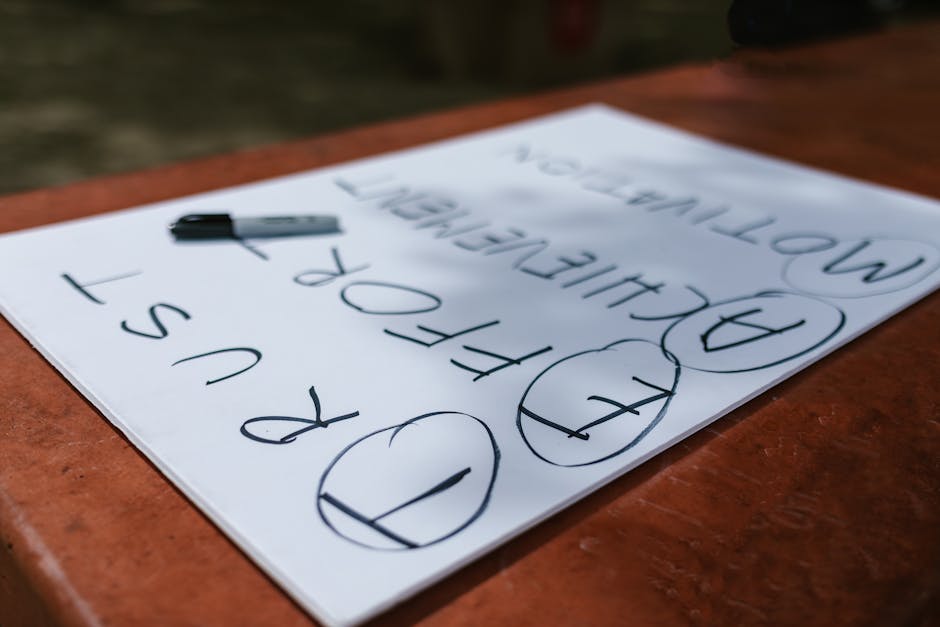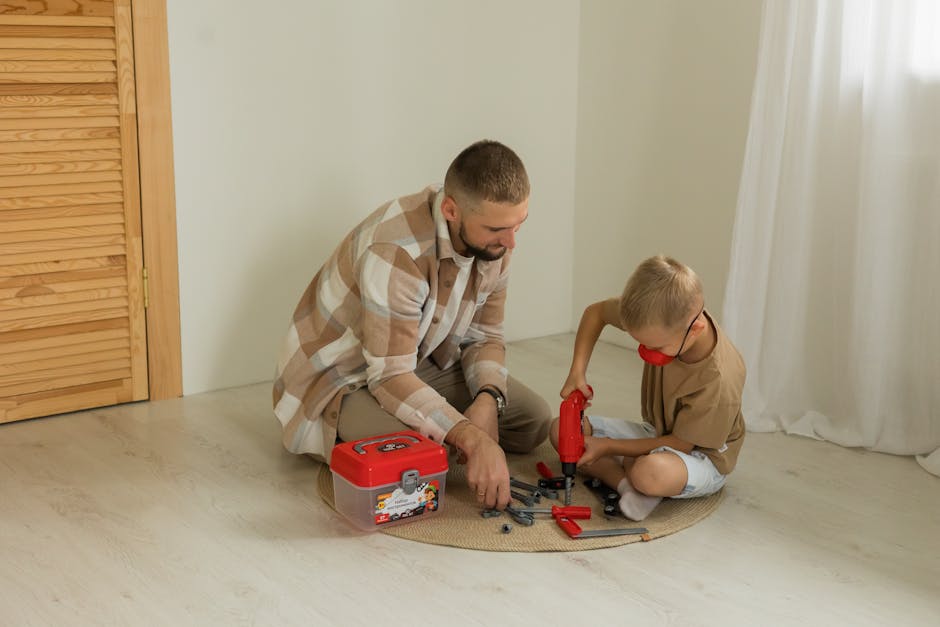The Ultimate Guide to Development Libraries
Have you ever wondered how developers create amazing apps and websites? A big part of the magic comes from development libraries. These collections of pre-written code help programmers build software faster and more efficiently. But what exactly are they? And how can you make the most of them? Lets dive in!
What Are Development Libraries?

Development libraries are like toolkits for developers. They contain code that solves common problems. Instead of writing everything from scratch, developers can use these libraries to save time and effort. Think of it like having a box of tools. Instead of building a shelf with just a hammer and nails, you can have a screwdriver, a saw, and even a level.
Why Use Development Libraries?

Using development libraries comes with several benefits:
- Speed: Libraries help you code faster. You can focus on the unique parts of your project.
- Quality: Many libraries are tested and used by others. This means fewer bugs in your code.
- Community Support: Popular libraries often have vast communities. This means more tutorials, forums, and help available.
Imagine trying to cook a new recipe without a cookbook. You could figure it out, but it would take a lot more time and effort. Libraries act like that cookbook, guiding you through common tasks.
Types of Development Libraries

Not all libraries are the same. Here are some common types:
- Frameworks: These are full-featured libraries that provide a structure for applications. Examples include React for web apps and Django for Python projects.
- APIs: An API (Application Programming Interface) lets different software communicate. Libraries like Axios help you easily make API calls.
- Utility Libraries: These provide small, helpful functions. Lodash is a popular utility library for JavaScript that simplifies many common tasks.
Choosing the right type can make a big difference in your projects success.
How Do You Choose the Right Library?

Selecting a library might feel overwhelming. Here are some questions to guide you:
- What is the purpose? Understand what you need the library to do.
- Is it well-maintained? Check how often the library gets updates and support.
- Is there community support? Look for forums, tutorials, and documentation.
For example, if you’re building a website that needs to display graphs, you might choose Chart.js. it’s easy to use, well-documented, and has a supportive community.
Common Misconceptions About Development Libraries
Many new developers have misunderstandings about libraries. Here are a few:
- Libraries are just for beginners. This is false. Even experienced developers use libraries to save time.
- Using a library means I’m not a good coder. Not true! Using libraries shows you know how to leverage resources effectively.
- All libraries are complicated to use. While some can be challenging, many libraries are designed for simplicity.
Embrace libraries as a tool, not a crutch. They can help you grow as a developer.
How to Get Started with Development Libraries
Ready to dive in? Heres a simple path you can follow:
- Identify Your Project: What are you building? Understand your goals first.
- Research Libraries: Look for libraries that fit your needs. Use sites like GitHub or Stack Overflow for recommendations.
- Read Documentation: Before jumping in, read the librarys documentation. This will save you time later.
- Start Small: Try implementing a small feature first. This helps you learn without getting overwhelmed.
For instance, if you want to improve your websites form handling, you might explore libraries like Formik for React. Start by integrating it into a simple contact form.
Expert Tips for Using Development Libraries
Want to maximize your use of libraries? Here are some tips from the experts:
- Stay Updated: Libraries get updated. Regularly check for new versions to benefit from improvements.
- Read User Reviews: Before using a library, see what others have to say. This can save you headaches later.
- Contribute Back: If you find a library helpful, consider contributing. This could include reporting bugs or even writing documentation.
As the famous developer Martin Fowler said, Any fool can write code that a computer can understand. Good programmers write code that humans can understand. Libraries can help you achieve that clarity.
Real-Life Examples of Development Libraries in Action
To paint a clearer picture, lets look at two real-life examples:
Example 1: Web Development with React
React is a popular JavaScript library for building user interfaces. Developers use it to create smooth, interactive web apps. For instance, Facebook, which created React, uses it to update news feeds without refreshing the page. This gives users a seamless experience.
Example 2: Data Science with Pandas
Pandas is a library for Python, designed for data manipulation and analysis. Data scientists use it to clean and analyze data quickly. If you wanted to sort through a huge dataset of customer feedback, Pandas makes that job much easier, allowing you to focus on insights rather than data cleaning.
Where to Find Development Libraries
Now that you know what libraries to look for, where can you find them? Here are some popular sources:
- GitHub: A hub for open-source projects. You can explore, contribute, and download libraries.
- NPM: The Node package manager is perfect for JavaScript libraries.
- PyPI: If you’re using Python, the Python Package Index is the go-to place for libraries.
Using these resources, you can find libraries that fit your specific needs.
Conclusion: Making the Most of Development Libraries
Development libraries are essential tools for any programmer. They can speed up your workflow and improve the quality of your projects. By understanding what they are, how to choose them, and how to use them effectively, you can elevate your coding game.
Remember, the key is to embrace libraries as valuable resources. They are there to help you, not replace you. Start exploring today, and who knows? You might just create the next big thing!
For more information on specific development libraries, check out resources like freeCodeCamp for tutorials and guides.

